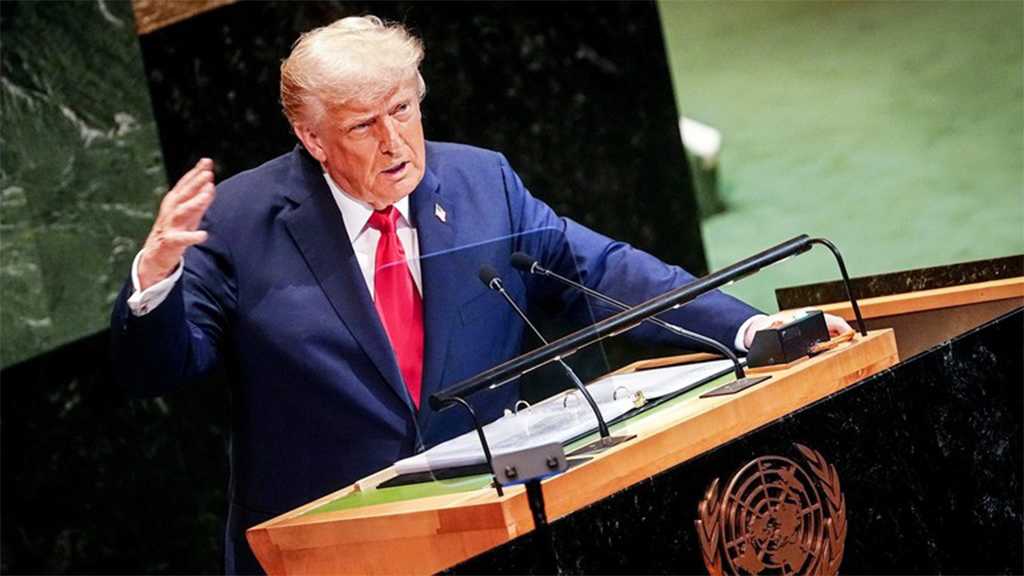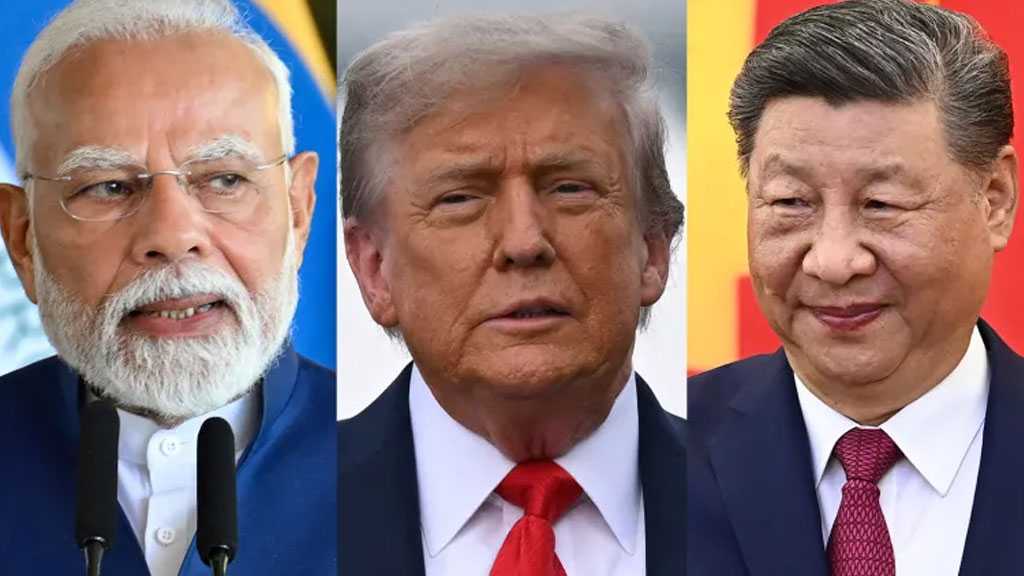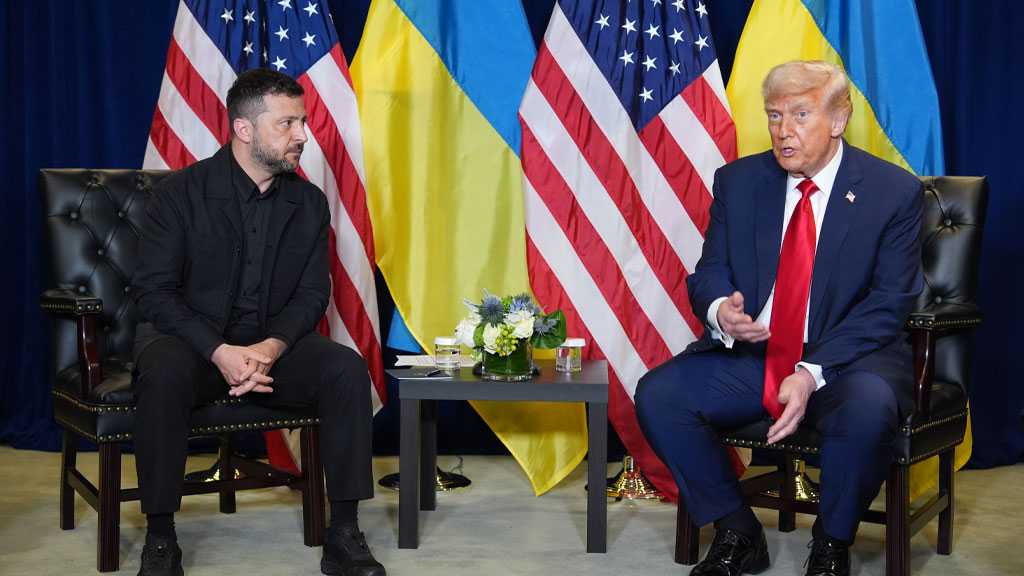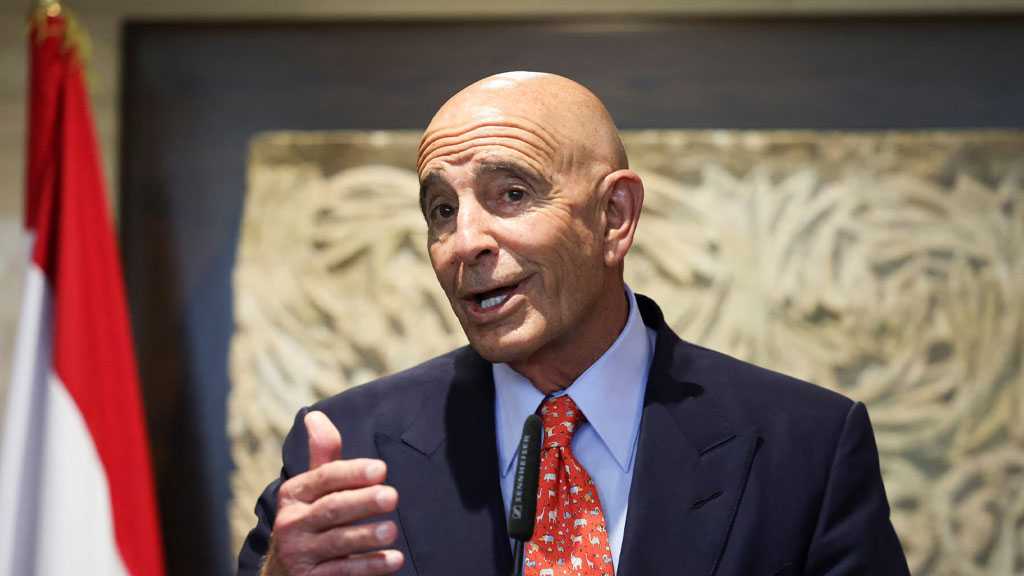Trump’s Amazon Tariff Shows Who Really Pays: American Consumers
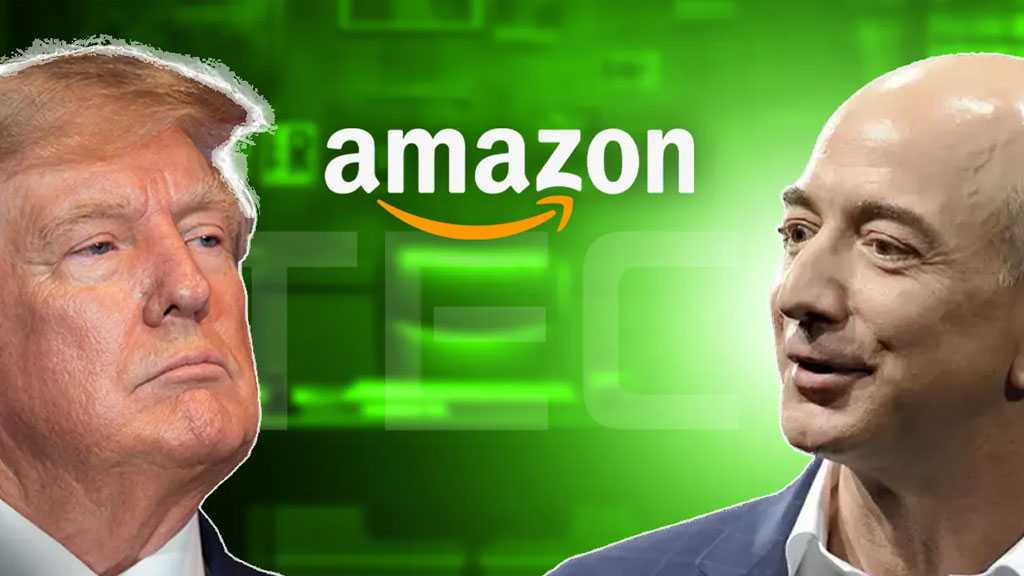
By Staff, Agencies
In his latest tariff push, Donald Trump has announced a 50% tariff on Amazon sales—a move that, while legally dubious, underscores a deeper truth about tariffs: they are taxes paid not by foreign countries, but by American consumers.
While Trump claims to be punishing companies or countries with tariffs, in reality, these taxes hit home. Tariffs increase the price of imports and, in cases like this hypothetical Amazon tax, would raise costs for millions of American shoppers.
Because Amazon operates on slim profit margins, the company would be forced to pass most of the tax burden onto customers. Prices would spike, demand would drop, and consumers would scramble for costlier alternatives. In turn, competitors would likely raise their own prices, knowing their low-cost rival is being kneecapped.
The broader picture is no less troubling. In May alone, Trump’s existing tariffs brought in over $22 billion—an annualized rate of nearly $250 billion. That translates to a stealth tax of roughly $2,000 per household, largely burdening working-class families who spend the bulk of their income on goods, not services.
Trump’s elite backers may escape the pinch—splurging on luxury services untouched by tariffs—but regular Americans will bear the brunt. Even coffee could cost more if Trump follows through on threats to tariff Brazilian imports, which supply one-third of US consumption.
Whether or not Trump has the constitutional authority to impose many of these tariffs [which technically resides with Congress], his grip on the Republican Party means few are willing to challenge him. If Jeff Bezos were to criticize Trump publicly, there’s little doubt Trump would retaliate—and Republicans would likely fall in line.
Trump’s tariff crusade may play well on the campaign trail, but behind the populist bluster lies a regressive tax policy, poised to make everyday life more expensive for millions of Americans.
Comments
- Related News
